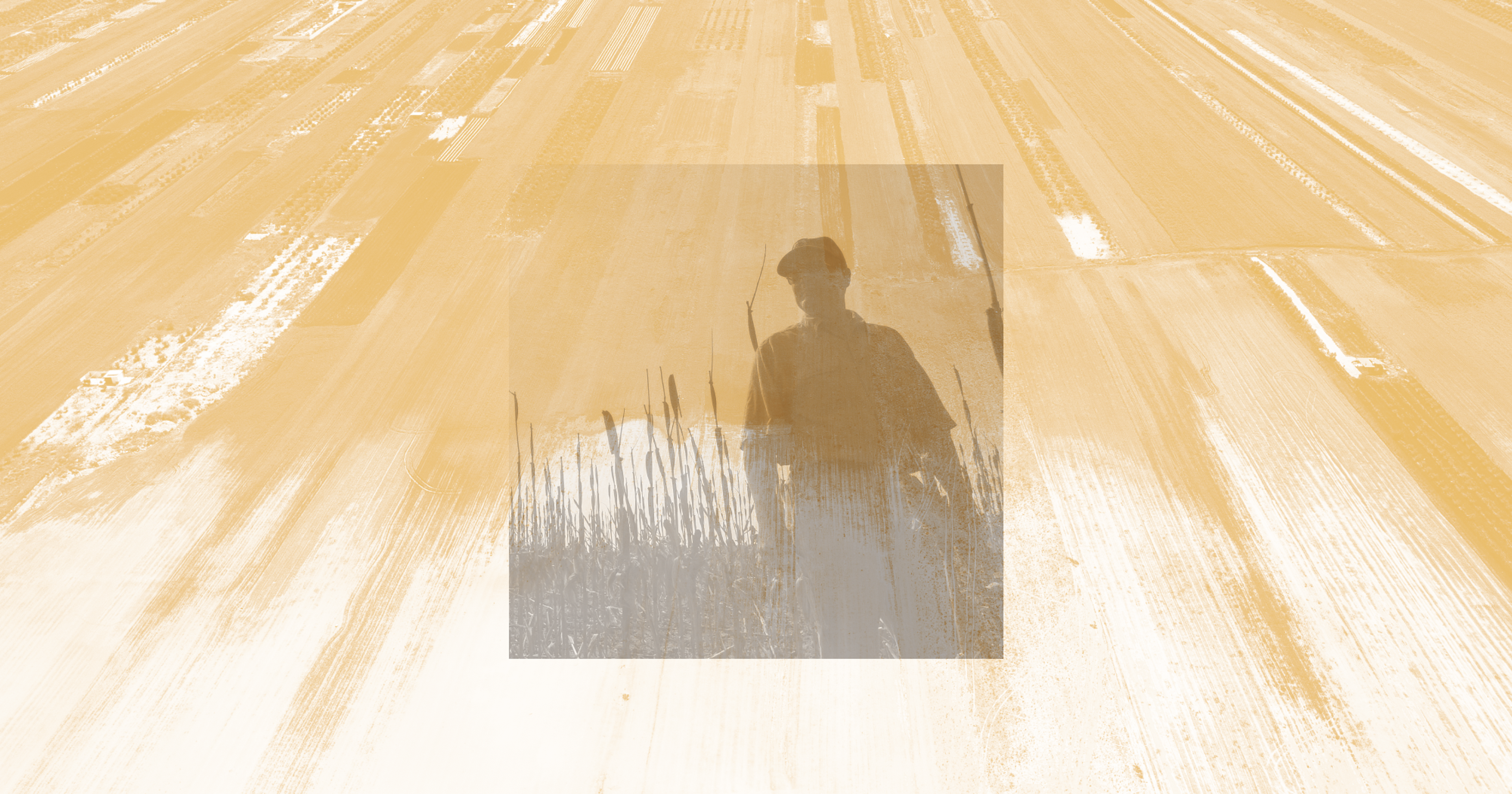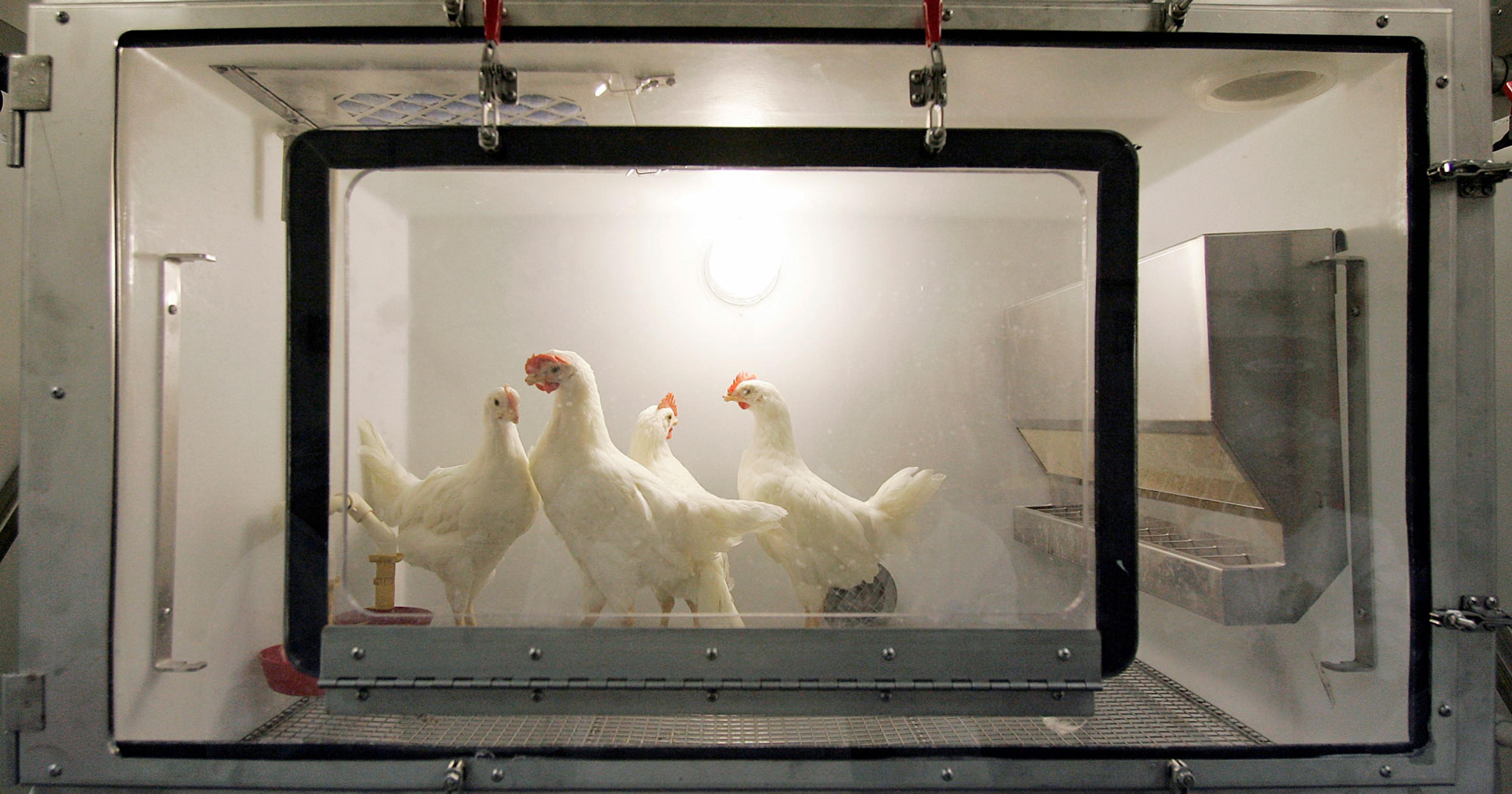Our national mental health crisis is even more acute in rural farm communities, where parents may unwittingly pass stress onto their children.
“In farming, there’s this culture that being stressed and overworked is a badge of honor. So kids, especially during busy times on the farm, like planting in the spring and harvest in the fall, they see this idea really being normalized and with maybe not much priority placed on vacations and rest and just taking time to relax.”
These are the words of Emily Krekelberg, an educator for farm safety and health at the University of Minnesota Extension, who trains people in everything from accident avoidance to suicide prevention. Though headlines abound about the American crisis in adolescent mental health, Krekelberg was speaking about youth in rural farm communities, and the potential stressors driving their anxiety, depression, and suicidality. These are communities where “resources across the board really seem to be stretched to their limit right now,” she said.
The Centers for Disease Control and Prevention (CDC) has spent decades tracking children’s mental health. Over the past 20 years, it’s recorded a progressive uptick in the number of kids aged 6 to 17 experiencing anxiety and/or depression: from 5.4% in 2003, to 8% in 2007, to 8.4% in 2011-12. From 2016 to 2019, it reported that 5.8 million, or 9.4% of, kids had anxiety and 2.7 million, or 4.4%, of kids had depression. Alarmingly, CDC also found that 18.8% of adolescents aged 12-17 seriously contemplated suicide between 2018 and 2019; 8.9% actually attempted it.
To top it off, the isolation ushered in by Covid-19 exacerbated mental health challenges for kids already experiencing “concerns about social media, mass violence, natural disasters, climate change, and political polarization — not to mention the normal ups and downs of childhood and adolescence,” according to the American Psychological Association’s 2023 Trends Report. But farm kids have other issues spread thickly over these stresses — including those that come along with being, in some cases, young migrant children working in agriculture.
“We know that the agricultural work environment causes psychosocial stresses and those come with negative mental health outcomes,” said Josie Rudolphi, assistant professor and extension specialist in the Department of Agricultural and Biological Engineering at the University of Illinois, Urbana-Champaign. Rudolphi just released the first results of an ongoing five-year study — funded by the National Children’s Center for Rural Agricultural Health and Safety — looking into the correlation between farmer-parent depression and adolescent depression, and its roots in financial burdens like farm debt.
Said Rudolphi, “I grew up on a farm. I knew what the commodity prices were. That really inspired this project in thinking about children, who are present and active in the [farm] workplace and undoubtedly not immune or naive to what’s going on.” There’s also research that shows that all kids — regardless of background — can absorb stress and anxiety around family debt and low income.
For this first stage of the study, Rudolphi and her co-researcher sent questionnaires to 122 farmers and their adolescent children aged 13 to 18, in Illinois, Iowa, Wisconsin, Minnesota, and Iowa. They asked the adults about the nature of their farm business; their physical and mental health; their economic hardships and additional stressors; and social supports they were experiencing and receiving. They asked the teens about their own stress, mental and physical health, what sorts of risky behaviors they engaged in, and their experiences with the pandemic.
For example, they asked both groups about the frequency of depressive symptoms like poor appetite and low energy; they asked adults about their ability to make ends meet in the past 12 months; and they asked teens where they were experiencing stress (i.e. home, school, among their peers), and risky behaviors like self-harm and substance abuse they may have been engaging in.
She encourages adults to grapple with their own wellness challenges first — like putting on their own oxygen mask before helping with their child’s.
Both groups experienced anxiety and depression at “relatively high rates,” the researchers found. Interestingly, adolescent depression rates were virtually the same as those for adults — 60.6% and 60.7% respectively — indicating that there is some relationship between parents’ and kids’ low feelings. However, “Do parents’ depression lead to adolescent depression? Or vice-versa? How much of what we are seeing is genetic?” asked Rudolphi. General anxiety was considerably higher among adolescents, however: 45.19% versus 24.9%. This is higher even than the rate of anxiety disorder among all American adolescents, which is estimated to be around 32%.
This doesn’t come as a surprise to Krekelberg. After all, she pointed out, adolescent brains are still developing and very often, “You feel upset, but are you sad, are you mad, are you frustrated, are you scared? They know they don’t feel right but they can’t fully identify what that emotion is. Whereas with adults, we’re a little better at going, ‘Yeah, I’m really frustrated by this.’” Adequately putting words to a feeling isn’t a guarantee that someone will look for help. But “being able to talk a little more openly about what those feelings are, how they affect [kids], and being able to name things, we have found is so effective,” Krekelberg said.
Unfortunately, getting kids to talk about feelings can be an uphill battle. In a separate project, Rudolphi surveyed agricultural youth leaders in groups like 4-H and FFA to find out how often they talked about mental health. “What we found is that there’s almost no conversations happening around suicide, anxiety, and depression, which we consider the leading public health issues in adolescents right now,” Rudolphi said. This despite the fact that Gen Z actually feels less stigma than previous generations in talking about these issues.
There’s also a shortage of trained professionals. Even though kids are “increasingly struggling with their mental health, what I hear from school social workers is, ‘We need 10 more of us,’” Krekelberg said. (By one estimate, the U.S. is short 8,000 mental health professionals, with 160 million Americans living in areas that have far too few — most of them rural.)
“What I hear from school social workers is, ‘We need 10 more of us.’”
And really, it’s schools that are the most logical places to increase mental health offerings for rural kids, for a variety of reasons. There are kids for whom parental support isn’t forthcoming; “Sometimes that’s why the kid is suffering, because the parents’ stress is bleeding over to them or they have their own stresses that they can’t talk about at home because home is a whole ‘nother mess of stress,” Krekelberg said.
A teenager also may not have access to a car to visit a private therapist’s office. Teletherapy is increasingly an option, at least to “augment” one-on-one meetings, said Rudolphi. But “there are issues with internet access in rural America — it’s still a barrier.” A kid may want therapy but their parents don’t support it, “And if they’re a minor, there’s not much they can do to get it for themselves,” said Krekelberg. Plus a kid may be afraid to ask for therapy because of the expense of it. Krekelberg can relate: “I grew up on a dairy farm in southern Minnesota and even though your parents may not say right to your face, ‘We’re struggling with money,’ you’re aware of it. That can impact how kids make decisions, like, I don’t want to say I need therapy because that’s gonna cost us money.”
Rudolphi is getting set to tackle the next phase of her study; she’ll be recruiting a larger, non-farm cohort to try to ease out whether depression and anxiety are more a product of rurality than farm life specifically. Meanwhile, Krekelberg continues to educate the adults in farm kids’ lives. She runs trainings for teachers and other school personnel about how to recognize suicidality, depression, and anxiety in their students. “The number one thing I hear is, ‘How do I know if this kid is actually in trouble or if they are just being dramatic?’” she said. “I understand people who work with kids every day maybe get a little jaded by some of their antics. But we know it’s real and we’re not just gonna write off a kid.”
With farm families, she encourages the adults to grapple with their own wellness challenges first — like putting on their own oxygen mask before helping with their child’s. “If we’re having a conversation about stress or mental health, I talk a lot about, ‘Your kids are seeing this too.’ If we are working to better ourselves then consider all of your relationships and family structures. Adults benefit from being more mindful of these things. All of us can benefit. There’s no downside.”










